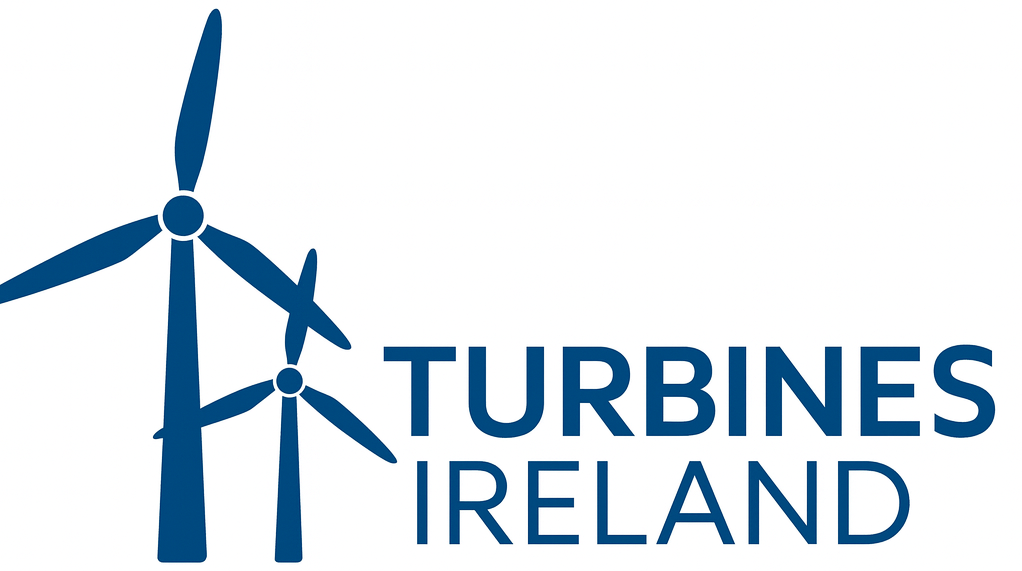
Renewable energy sources play a vital role in the transition to a sustainable future. They not only help reduce our carbon footprint but also provide a reliable and clean source of energy. If you’re an absolute beginner in the world of renewable energy, choosing the right option may seem overwhelming. In this article, we will explore different types of renewable energy sources and factors to consider when selecting the most suitable one for your needs.
Understanding Renewable Energy Sources
Renewable energy sources can be classified into several types:
- Solar Energy: Solar power harnesses energy from the sun through the use of photovoltaic (PV) panels or concentrated solar power (CSP) systems.
- Wind Energy: Wind turbines convert the kinetic energy of the wind into electricity.
- Hydropower: Hydropower uses the force of flowing or falling water to generate electricity.
- Geothermal Energy: Geothermal power utilizes heat from the Earth’s core to produce electricity.
- Biomass Energy: Biomass can be burned to create steam that drives a turbine, generating electricity.
Factors to Consider
Choosing the right renewable energy source depends on various factors:
1. Location and Resources
Your location plays a crucial role in determining the viability of specific renewable energy sources. For instance, solar panels are more efficient in areas with high sun exposure, while wind turbines require consistent wind speeds. Assess the resources available in your area to determine which sources are most suitable for you.
2. Cost and Affordability
Consider the upfront cost and long-term affordability of each renewable energy source. While solar panels may require substantial initial investment, they offer long-term savings on electricity bills. Research government incentives, grants, and tax credits that may reduce the cost of installation and make it more affordable for you.
3. Energy Efficiency
Energy efficiency is an important consideration. Some renewable energy sources have higher efficiency rates than others. For example, solar panels with higher conversion efficiency can generate more electricity from the same amount of sunlight.
4. Environmental Impact
Assess the environmental impact of each renewable energy source. While all options are cleaner alternatives to fossil fuels, some may still have small environmental footprints. Research the life-cycle analysis, carbon emissions, and water usage of each source to make an informed decision.
5. Reliability and Grid Integration
Consider the reliability and grid integration capabilities of the renewable energy sources. Some sources, such as wind and solar, are intermittent and may not always generate electricity. However, advancements in energy storage technologies can help mitigate this issue.
6. Maintenance and Durability
Examine the maintenance requirements and lifespan of different renewable energy technologies. Solar panels require minimal maintenance and can last over 25 years, while wind turbines may require occasional servicing.
Choosing the Right Option
After considering the factors mentioned above, it’s important to prioritize the options that align with your needs and circumstances. For most households, solar energy is a popular choice due to its widespread availability, decreasing costs, and ease of installation. Wind energy can be an excellent option if you have sufficient wind resources in your area. Hydropower and geothermal energy are more suitable for large-scale projects.
It’s worth consulting with renewable energy experts or professionals to evaluate your energy requirements and assist you in making an informed decision.
Remember, transitioning to renewable energy is a step towards a greener future. By choosing the right option, you can contribute to a sustainable and cleaner world.
